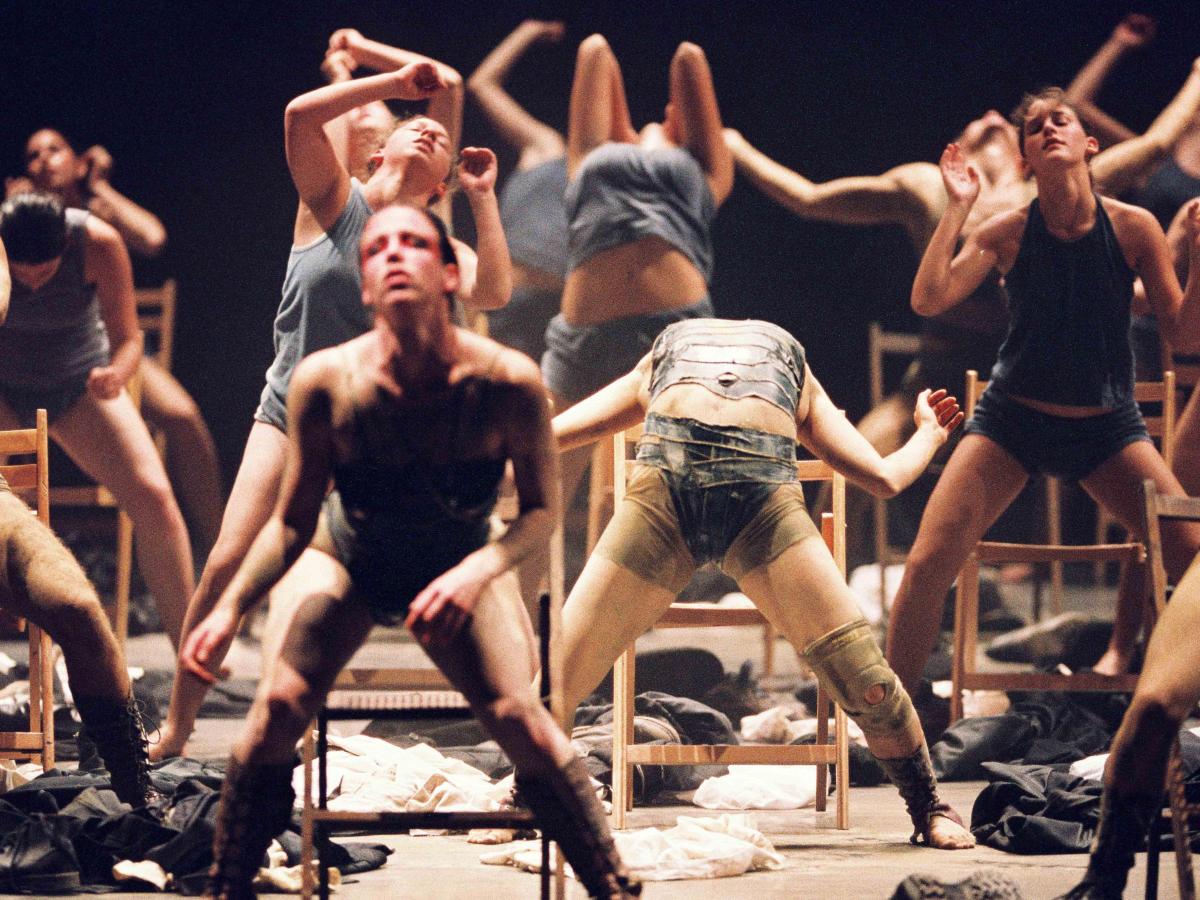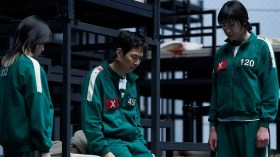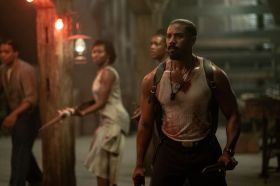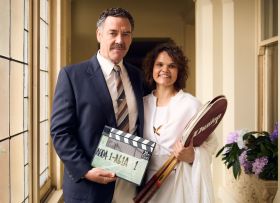A dancer stands in the middle of a rehearsal space, trying to fine-tune a piece of choreography. As she stands, lifts her leg into the air, brings it back to the ground, shivers and then falls, she hears a voice telling her to lose her sense of control. “You need to find a way to let go,” Batsheva Dance Group director Ohad Naharin tells the performer, before demonstrating the specific action he has in mind, and subsequently watching as she copies his movements. Conviction lingers in his words, but so does the divergence apparent in simultaneously advocating freedom and flexibility while enforcing his own exacting vision.
Of course, that contrast characterises choreography as a profession and dance as an art form — and, as Mr. Gaga makes plain, also ripples through Naharin’s efforts both coordinating the physical displays of others and showcasing his own fleet footwork. There’s nothing that’s simple about the film’s central real-life figure, the background that took him from the Israeli army to a number of prestigious dance companies, his status as one of his country’s creative heroes, the pieces he guides, or the titular movement style he has pioneered; in fact, complexity, conflict, resistance, and a refusal to conform to expectation shine through in everything Naharin says, oversees, and touches.
Accordingly, it is wholly appropriate that writer/director Tomer Heymann (The Queen Has No Crown) endeavours to explore Naharin’s life, work, and impact by equally adhering to standard biographical documentary standards and shaping his collection of chats and clips into something much more riveting and revealing. Much of Mr. Gaga is comprised of talking heads, archival recordings, and vision of Naharin in action, as fleshed out with his own comments as a source of intermittent narration, and accompanied by scenes from the dances he has so painstakingly designed; however there’s little about the documentary that proves conventional as it energetically chronicles the man at its core.
While Heymann commences the film with on-screen text singing Naharin’s praises, including quotes from Mikhail Baryshnikov and The New York Times, it is the visual evidence of his artistry in action rather than the statements that espouse his prowess that paint the most potent, vibrant picture. As evident in all of the best examinations of dance — and of the people that spend their lives crafting something artistic — it’s not just the power of the original pieces captured that resonates, but the way they’re woven together to expand upon their creator’s story. If Naharin himself gives Mr. Gaga a point of focus and a purpose, then it is the examples of his efforts that add colour, context, texture, and urgency.
Indeed, the task set editing trio Alon Greenberg, Ido Monchrik, and Ron Omer (Cupcakes) is by no means easy, particularly with such a wealth of material at their disposal. And yet, together they offer up an assemblage of footage that feels as lively and impassioned as every word out of Naharin’s mouth and every step placed under his instruction. That remains true the more personal and poignant the movie becomes, especially as it contemplates the importance of expression as well as Naharin’s relationship with his late wife and collaborator Mari Kajiwara. Only a brief appearance by Natalie Portman proffering her fondness for Gaga proves ill-fitting in an otherwise engaging and astute compilation.
Rating: 3 ½ stars out of 5
Mr. Gaga
Director: Tomer Heymann
Israel | Sweden | Germany | Netherlands, 2015, 100 mins
Release date: June 30
Rated: M
Actors:
Director:
Format:
Country:
Release:





